June 23
2015 June 23
Val George sends an upper- and an underside view of a Western Meadow Fritillary
from Saturday’s Mount Washington trip, and an upperside of an Anna’s Blue.
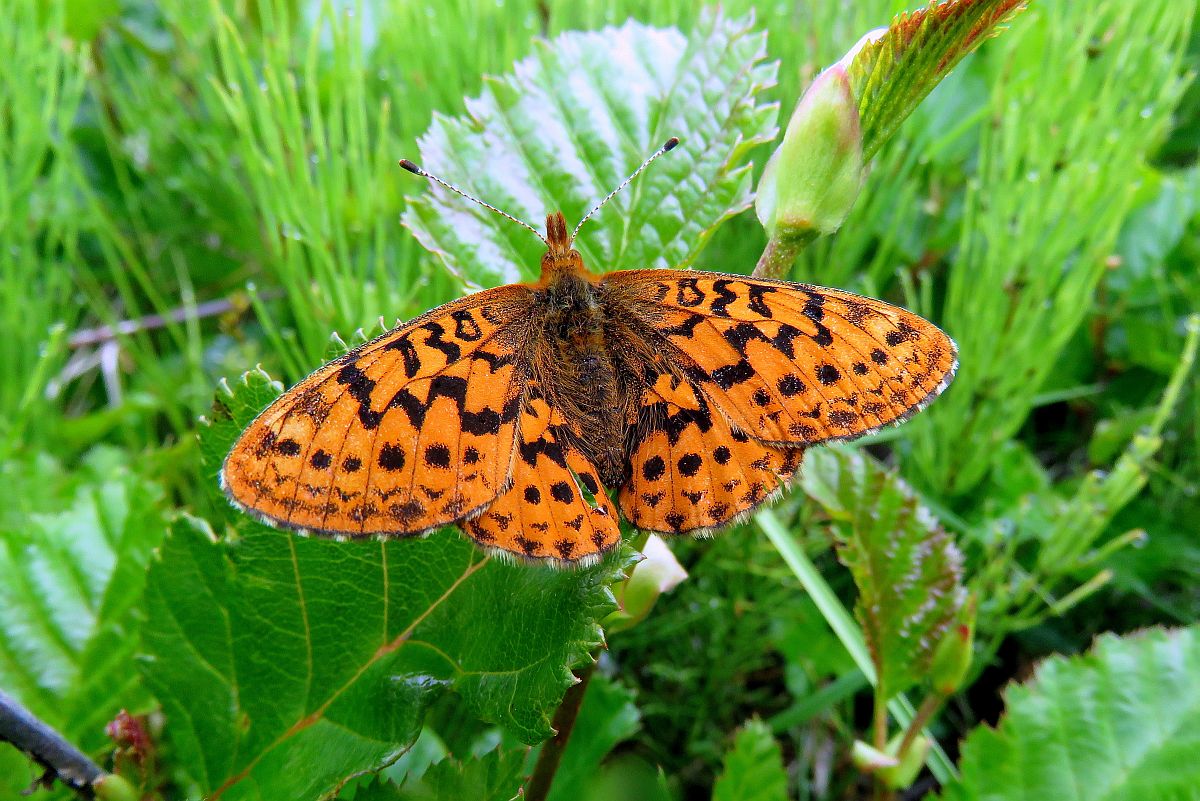
 Western Meadow Fritillary Boloria epithore (Lep.: Nymphalidae) Val George
Western Meadow Fritillary Boloria epithore (Lep.: Nymphalidae) Val George
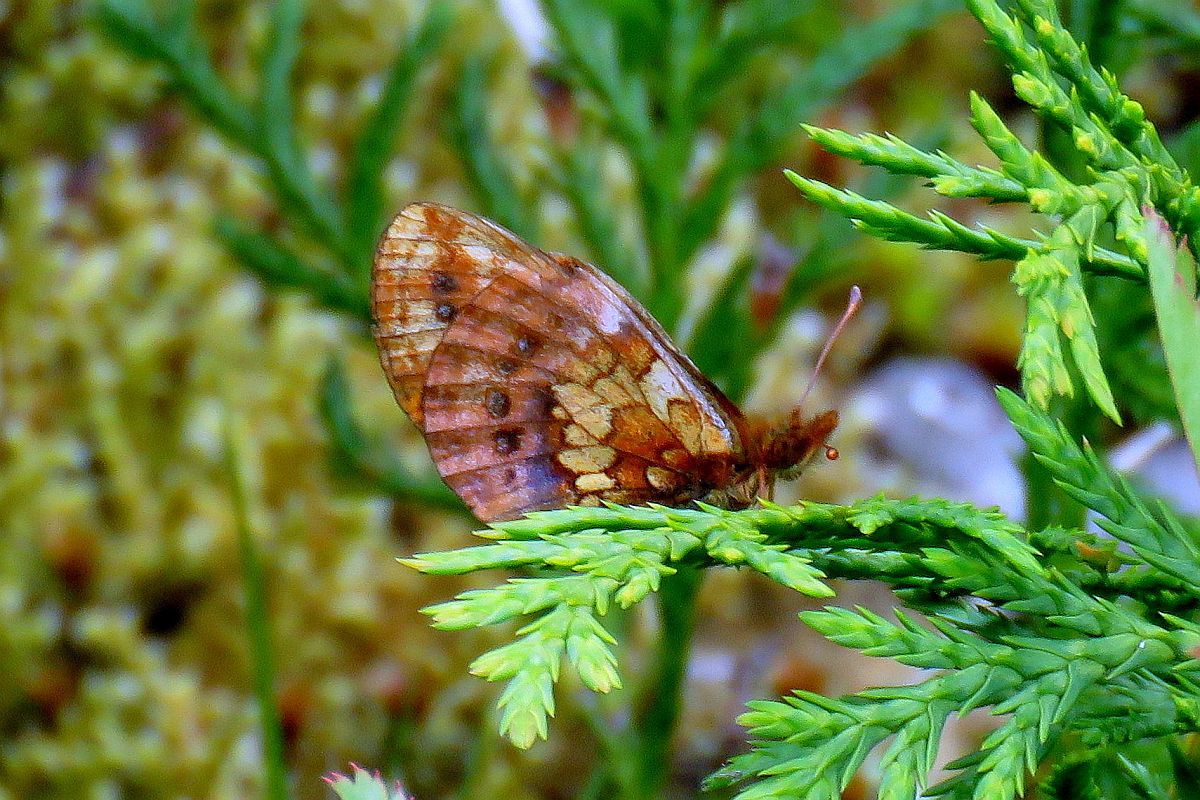
 Western Meadow Fritillary Boloria epithore (Lep.: Nymphalidae) Val George
Western Meadow Fritillary Boloria epithore (Lep.: Nymphalidae) Val George
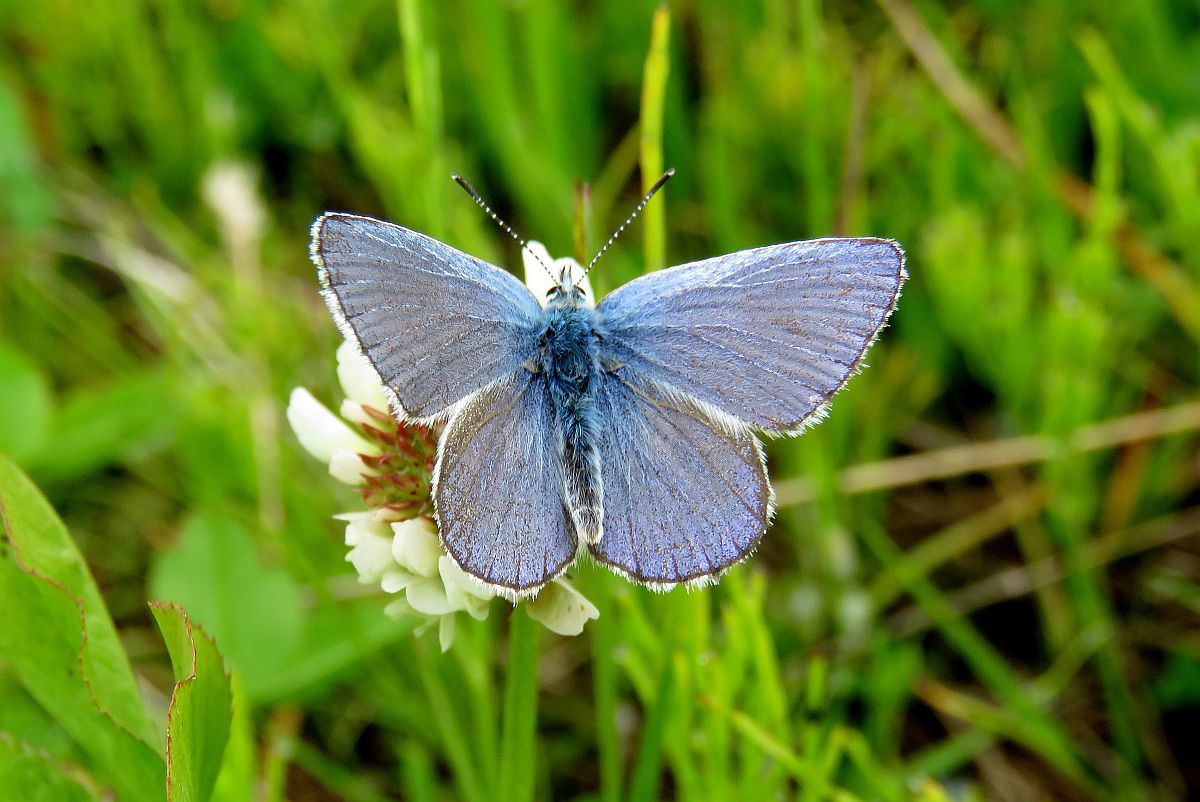
 Anna’s Blue Lycaeides anna (Lep.: Lycaenidae) Val George
Anna’s Blue Lycaeides anna (Lep.: Lycaenidae) Val George
Libby Avis writes: I have attached three of our photos from Saturday on Strathcona. One I think is Udea washingtonalis from Paradise Meadows. Got a pupa of Lorquin’s Admiral, found attached to a low rock at the edge of Helen Mackenzie Lake. Rick also managed to catch up with one of the ubiquitous Spearmarked Moths which were everywhere when it finally warmed up. [Jeremy Tatum comments: Yes, several contributors have seen or photographed these moths recently. They are called Spearmarked or Spear moths from a white mark in the middle of the black subterminal band, which is supposed to look (with a bit of imagination) like the tip of a spear. They are also called Argent and Sable moths – Aziza remarked that argent and sable are heraldicspeak for silver and black.
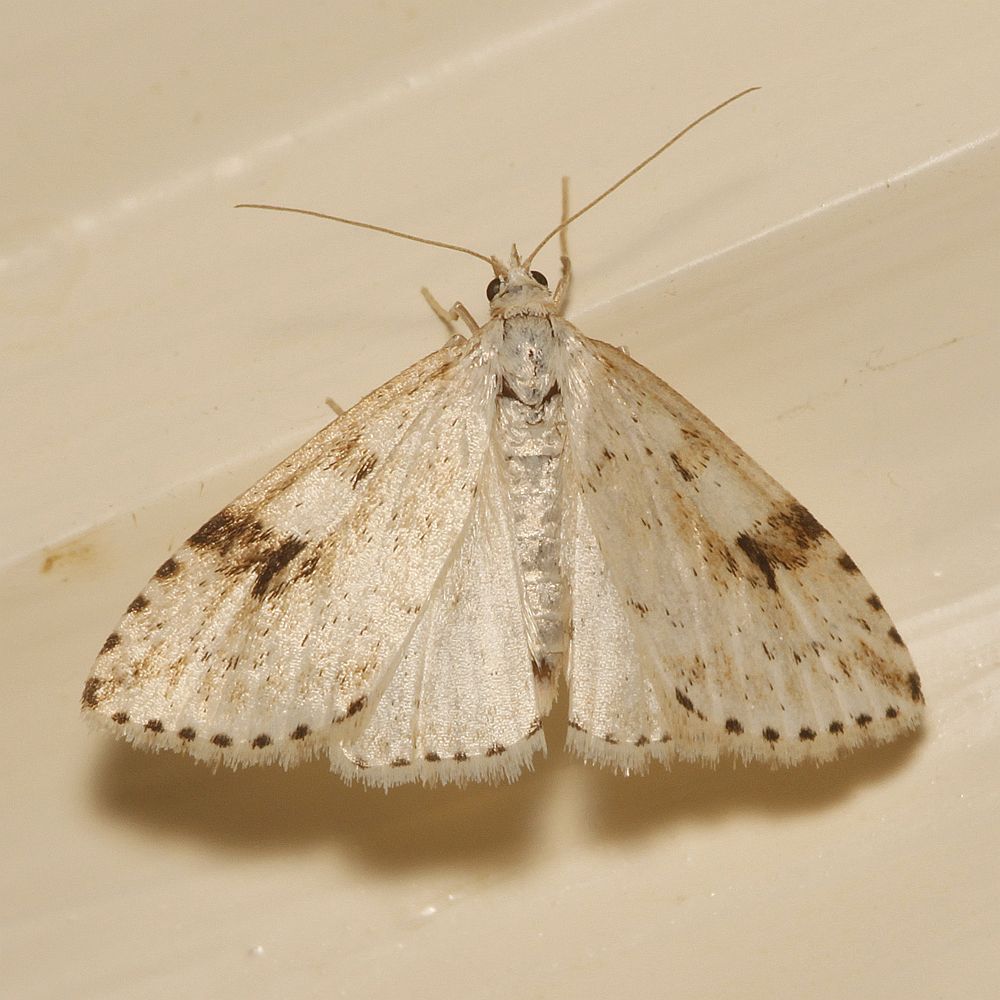
 Udea washingtonalis (Lep.: Crambidae) Libby Avis
Udea washingtonalis (Lep.: Crambidae) Libby Avis
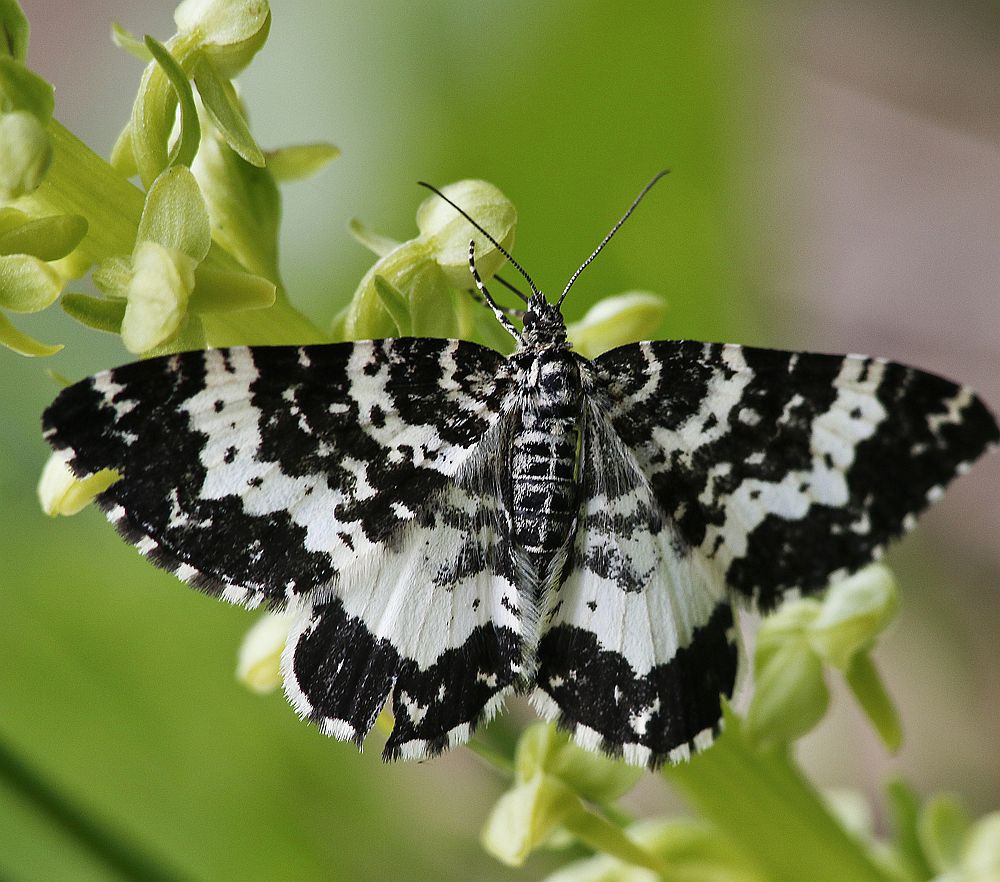
 Spear, or Argent and Sable Moth Rheumaptera hastata (Lep.: Geometridae) Libby Avis
Spear, or Argent and Sable Moth Rheumaptera hastata (Lep.: Geometridae) Libby Avis
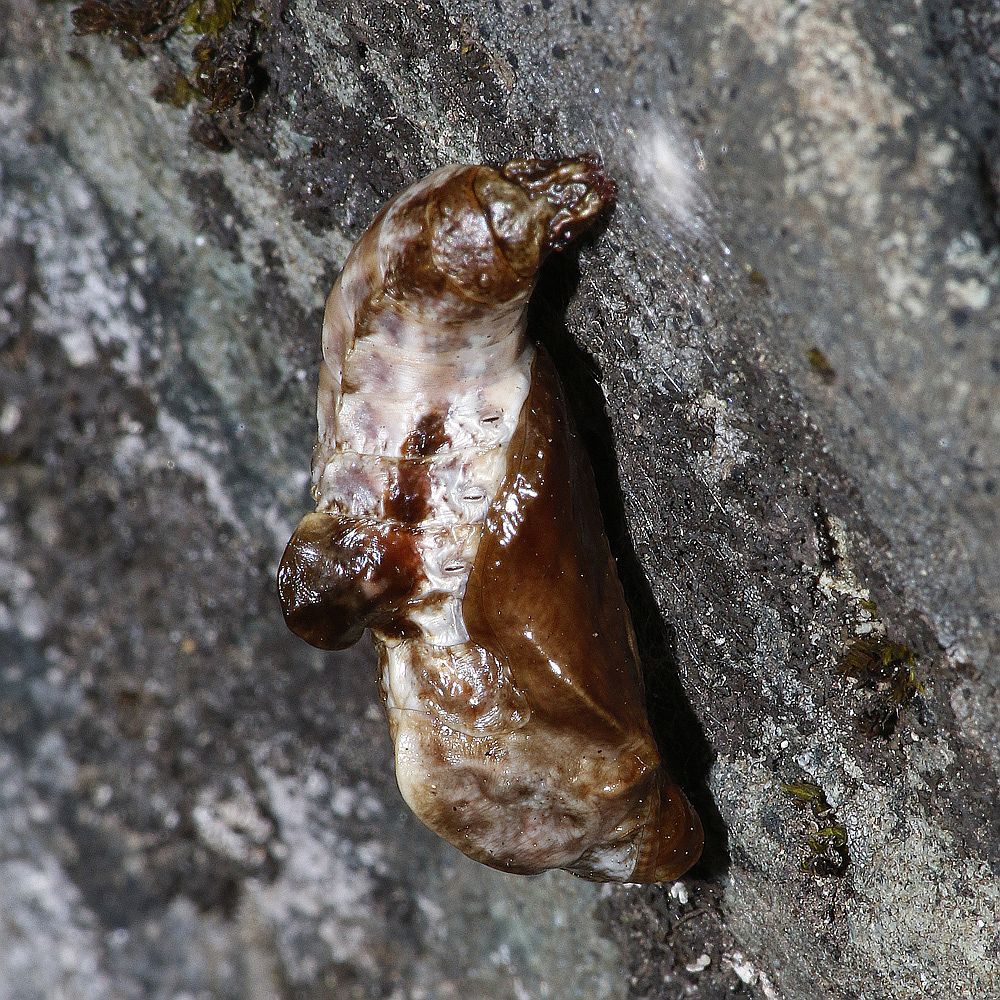
 Lorquin’s Admiral Limenitis lorquini (Lep.: Nymphalidae) Libby Avis
Lorquin’s Admiral Limenitis lorquini (Lep.: Nymphalidae) Libby Avis
Cheryl Hoyle sends photographs of two striking moths from Metchosin, June 22.
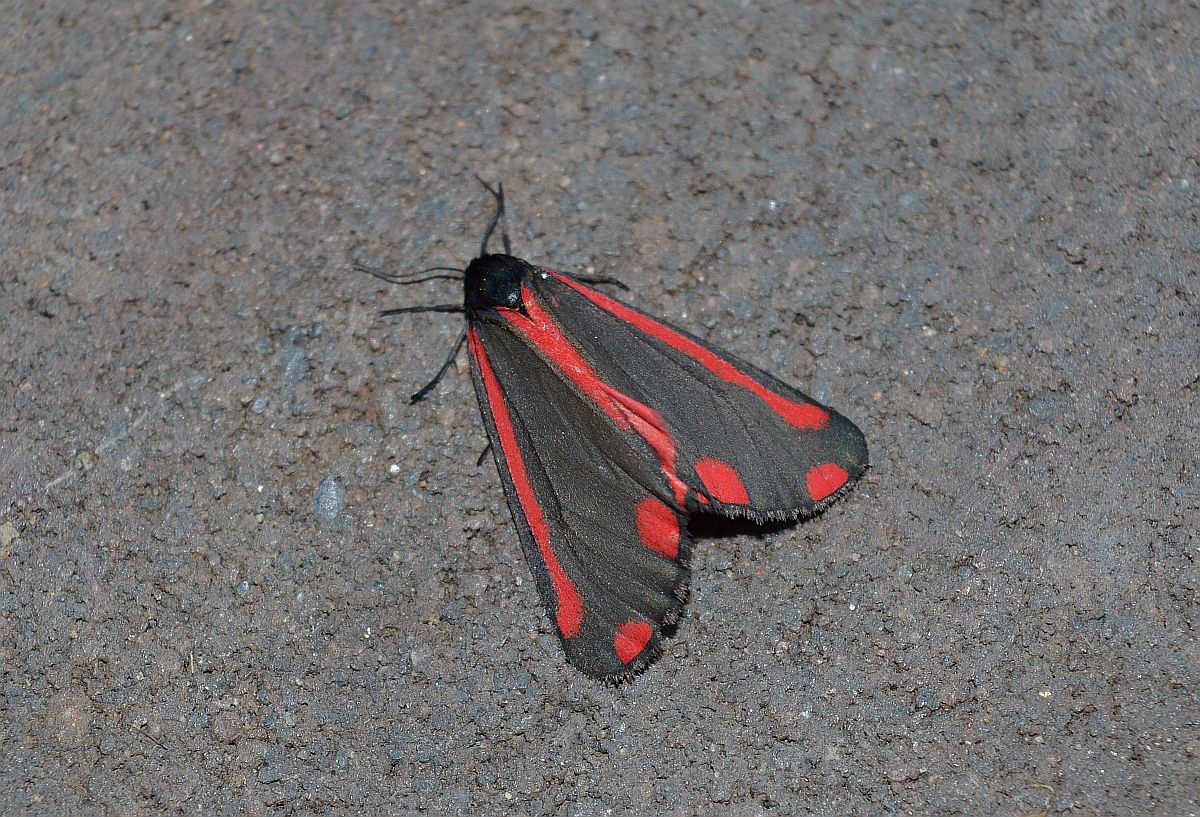
Cinnabar Moth Tyria jacobaeae (Lep.: Erebidae – Arctiinae) Cheryl Hoyle
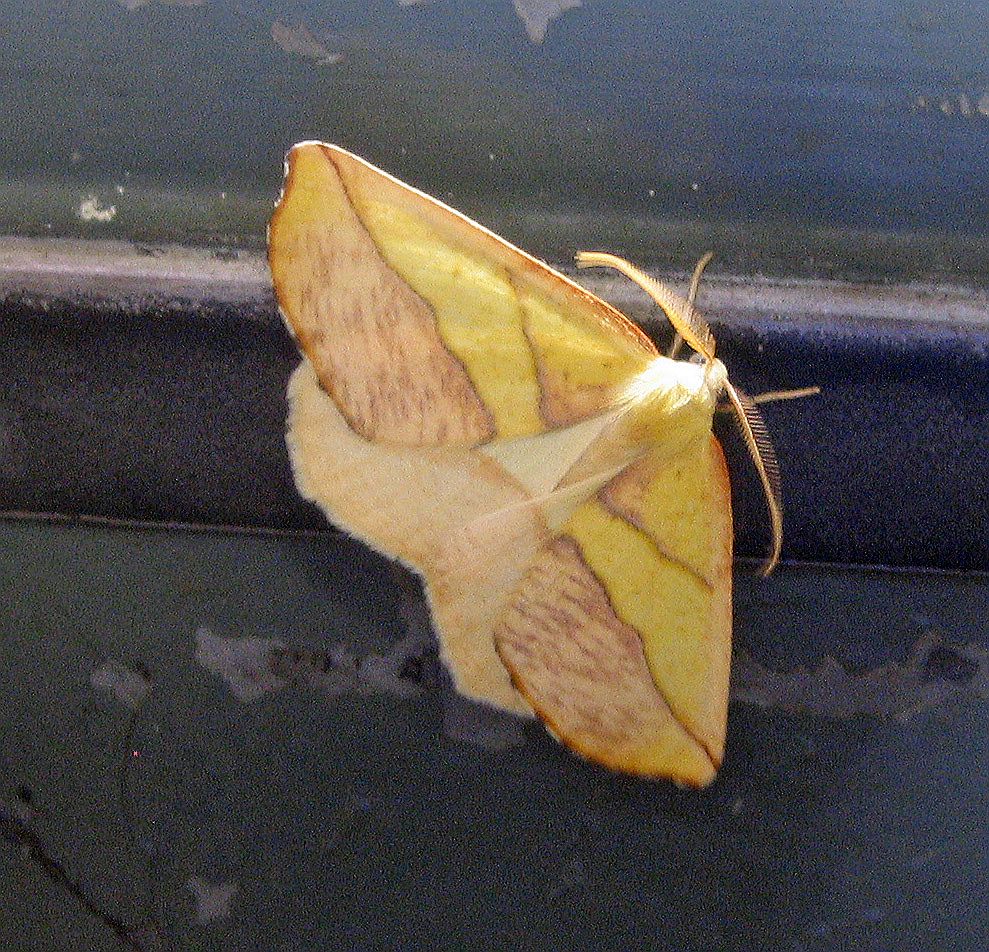
 Sicya macularia (Lep.: Geometridae) Cheryl Hoyle
Sicya macularia (Lep.: Geometridae) Cheryl Hoyle
Barb McGrenere writes: Mike and I went for a hike up Observatory Hill on Sunday June 21 and we found Pale Swallowtail and Western Tiger Swallowtail butterflies nectaring on fuchsia coloured flowers near the “old house” near the base of the mountain. They were visiting nearly every bloom on those plants. There were about 6 Western Tiger Swallowtails, 2 Pale Swallowtails, 2 Lorquin’s Admirals.
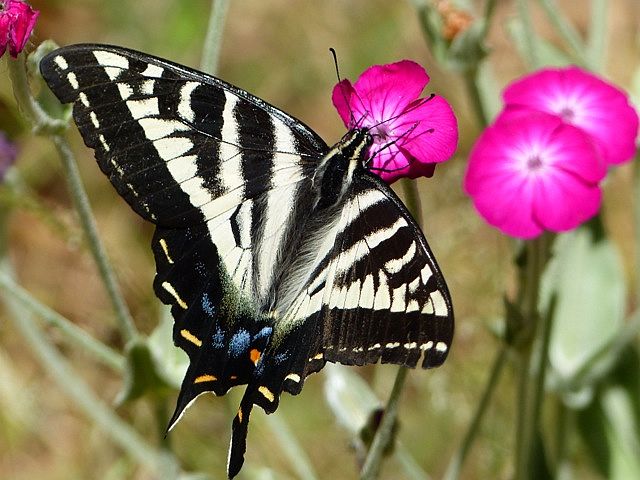
 Pale Tiger Swallowtail Papilio eurymedon (Lep.: Papilionidae) Barb McGrenere
Pale Tiger Swallowtail Papilio eurymedon (Lep.: Papilionidae) Barb McGrenere
Jeff Gaskin writes: Some of my highlights from this month’s count include: 16 Lorquin’s Admirals in Cuthbert Holmes Park on June 21, On June 22, there were 108 European Skippers and 3 Ringlets (Large Heath Coenonympha tullia)in Layritz Park in that field in the northwest edge of the park. Today, June 23, there were 4 Pale Swallowtails at Langford Lake, with 3 of them on the Ed Nixon trail and 1 along Leigh Road.
Jeremy Tatum writes: After all these showy butterflies and moths, it seems a bit trite to show a modest pug, but I am struggling to identify the pugs, and I believe that this one at my Saanich apartment today (June 23) is Eupithecia unicolor.
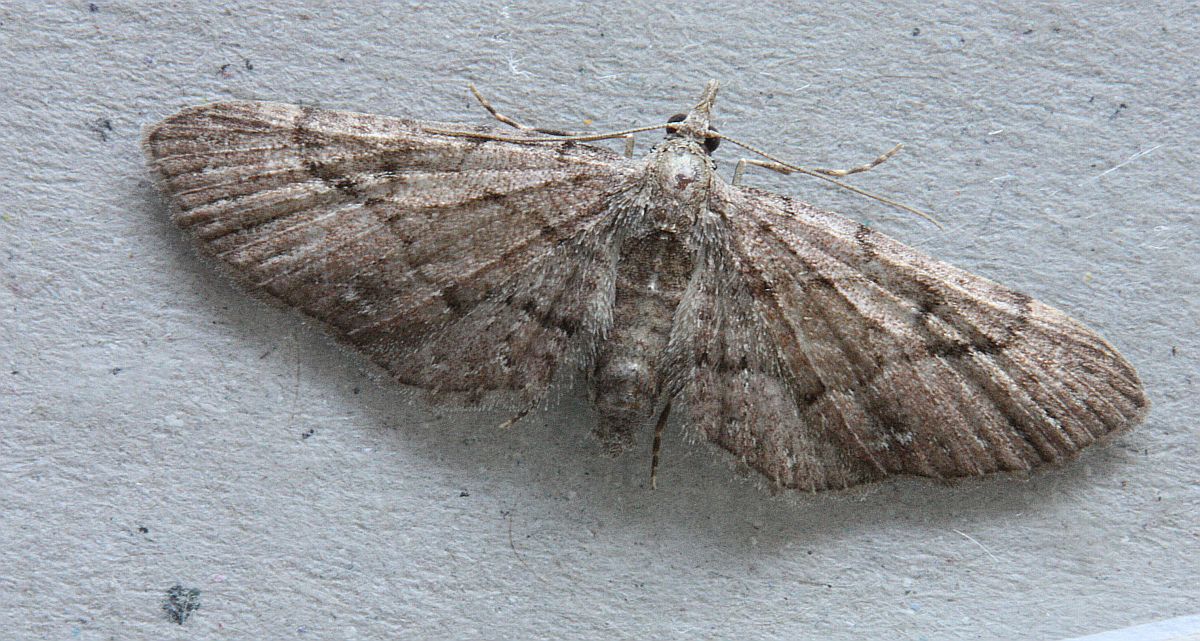
 Eupithecia unicolor (Lep.: Geometridae) Jeremy Tatum
Eupithecia unicolor (Lep.: Geometridae) Jeremy Tatum
Jeremy Tatum writes: I saw several Margined Whites north of Cowichan Station today, June 23. If you drive from Victoria, drive past Dougan Lake, and, shortly before you come to Duncan, turn left on Koksilah Road. Drive along there until the road passes underneath a railway bridge. You can turn left immediately before or immediately past the bridge to find parking at Cowichan Station. Walk north along the railway track (I believe there are no trains at present.) Both Cabbage Whites and Margined Whites are present there, so you have to be careful, but most are Margined Whites. Their flight is slightly lighter than Cabbage White, but not so light as Pine White. Most of them are pure white – almost completely immaculate, in spite of the current name “Margined” White and the former name “Veined” White. You may, if you get a good close view, see one or two barely visible grey spots on the upper side of the forewing, but absolutely no black on the wing tip. For all practical purposes they are pure white.
As I noticed also last year, they seem to be very fond of nectaring at Herb Robert. If you see a white nectaring there it is almost certainly the Margined White.
The species is part of the “napi complex”, which has a Holarctic distribution, and which I would call a single species. The caterpillar and chrysalis of our butterflies are indistinguishable from those in Britain. The enthusiastic taxonomists, however, have split it into goodness knows how many species, and certainly our immaculate white butterflies look rather different from the heavily-marked species you will see in Scotland.
